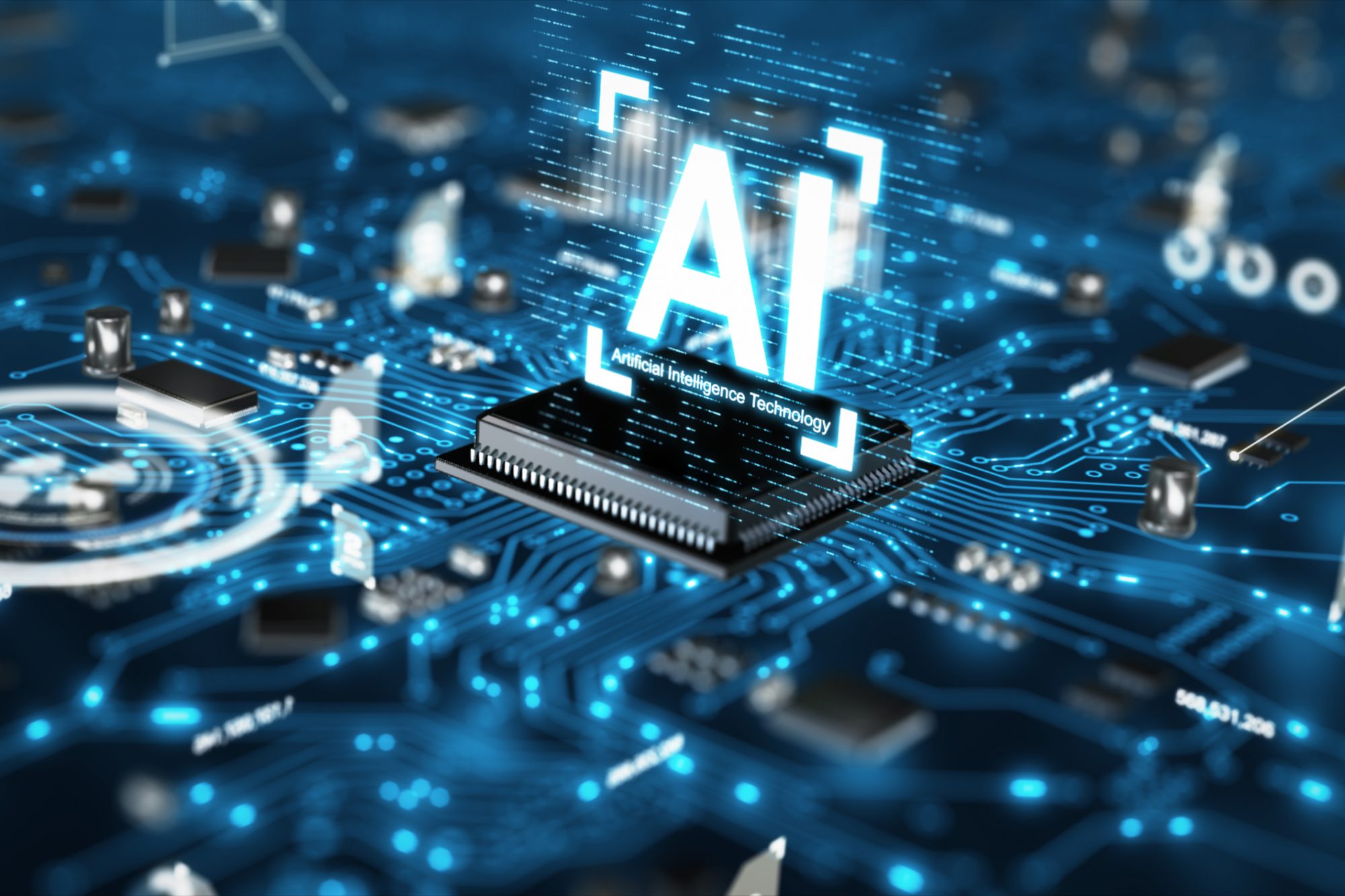The realm of user experience is undergoing a transformative era, where AI technologies are revolutionizing the way devices interact with users. Among these, the MSI Prestige 13 stands out as a prime example, leveraging advanced AI capabilities to evolve and adapt to user preferences, ultimately enhancing the overall user experience.
The Evolution of AI in Devices
The Prestige 13’s AI integration marks a significant departure from conventional user-device interactions. Traditional devices often required users to adjust settings manually, leading to a static user experience. However, the incorporation of AI in the Prestige 13 has ushered in a new era of adaptive computing.
Personalization through Machine Learning
At the core of the Prestige 13’s AI lies machine learning algorithms. These algorithms continuously analyze user behavior, patterns, and preferences, learning and adapting in real-time. For instance, the laptop observes which applications users frequently access, the times of day they work, and the settings they prefer. Over time, this learning enables the Prestige 13 to anticipate user needs, proactively making adjustments for a personalized experience.

Contextual Awareness and Adaptive Features
One of the remarkable facets of the Prestige 13’s AI is its contextual awareness. By utilizing various sensors like the webcam, microphone, and ambient light sensors, the device comprehends the user’s environment. It adjusts screen brightness based on ambient light, optimizes sound settings for the surrounding noise level, and even suggests application shortcuts based on the time of day or location.
Enhancing User Experience through Adaptability
The integration of AI in the Prestige 13 profoundly impacts the overall user experience, offering several enhancements driven by its adaptability:
Seamless Workflow Optimization
The Prestige 13 streamlines workflows by intelligently organizing applications and files based on user habits. It anticipates the next steps, presenting relevant information or tools, thereby reducing unnecessary navigation and saving time.
Adaptive Performance and Power Management
AI in the Prestige 13 dynamically manages system resources based on usage patterns. It optimizes CPU and GPU performance for specific tasks, ensuring a balance between power efficiency and high performance. This not only enhances user experience but also prolongs battery life.
Continuous Learning for Improved Assistance
The device continuously learns from user interactions to provide more personalized and accurate assistance. From suggesting keyboard shortcuts to predicting frequently used phrases, the AI aims to enhance productivity by catering to individual user preferences.
Privacy and Ethical Considerations
Despite its transformative potential, the integration of AI in devices like the Prestige 13 raises concerns about privacy and ethical implications. The continuous data collection required for AI learning might trigger apprehensions about user data security. Therefore, transparent data policies and robust security measures become imperative to maintain user trust and ensure data confidentiality.
Future Prospects and Conclusion
The Prestige 13 exemplifies the evolving landscape of AI-driven user experiences in devices. Its adaptive capabilities not only redefine user-device interactions but also pave the way for future innovations. As AI technologies continue to advance, we can anticipate even more sophisticated adaptive features that cater to individual preferences, thereby setting new standards for user experience in the tech industry.

Conclusion
The integration of AI in the Prestige 13 showcases a paradigm shift in user experiences. Its ability to evolve and adapt to user preferences marks a significant stride towards more personalized, efficient, and intuitive interactions between users and devices. As AI continues to evolve, the future holds immense potential for further enhancing user experiences across various technological domains.




